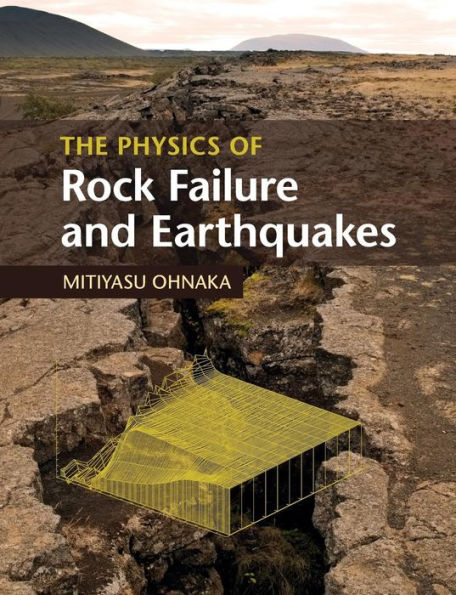The Physics of Rock Failure and Earthquakes
Despite significant advances in the understanding of earthquake generation processes and derivation of underlying physical laws, controversy remains regarding the constitutive law for earthquake ruptures and how it should be formulated. Laboratory experiments are necessary to obtain high-resolution measurements that allow the physical nature of shear rupture processes to be deduced, and to resolve the controversy. This important book provides a deeper understanding of earthquake processes from nucleation to their dynamic propagation. Its key focus is a deductive approach based on laboratory-derived physical laws and formulae, such as a unifying constitutive law, a constitutive scaling law, and a physical model of shear rupture nucleation. Topics covered include: the fundamentals of rock failure physics, earthquake generation processes, physical scale dependence, and large-earthquake generation cycles. Designed for researchers and professionals in earthquake seismology, rock failure physics, geology and earthquake engineering, it is also a valuable reference for graduate students.
1133679920
The Physics of Rock Failure and Earthquakes
Despite significant advances in the understanding of earthquake generation processes and derivation of underlying physical laws, controversy remains regarding the constitutive law for earthquake ruptures and how it should be formulated. Laboratory experiments are necessary to obtain high-resolution measurements that allow the physical nature of shear rupture processes to be deduced, and to resolve the controversy. This important book provides a deeper understanding of earthquake processes from nucleation to their dynamic propagation. Its key focus is a deductive approach based on laboratory-derived physical laws and formulae, such as a unifying constitutive law, a constitutive scaling law, and a physical model of shear rupture nucleation. Topics covered include: the fundamentals of rock failure physics, earthquake generation processes, physical scale dependence, and large-earthquake generation cycles. Designed for researchers and professionals in earthquake seismology, rock failure physics, geology and earthquake engineering, it is also a valuable reference for graduate students.
50.0
In Stock
5
1

The Physics of Rock Failure and Earthquakes
280
The Physics of Rock Failure and Earthquakes
280Paperback(Reprint)
$50.00
50.0
In Stock

Product Details
| ISBN-13: | 9781108445719 |
|---|---|
| Publisher: | Cambridge University Press |
| Publication date: | 03/01/2018 |
| Edition description: | Reprint |
| Pages: | 280 |
| Product dimensions: | 7.56(w) x 9.65(h) x 0.59(d) |
About the Author
From the B&N Reads Blog
